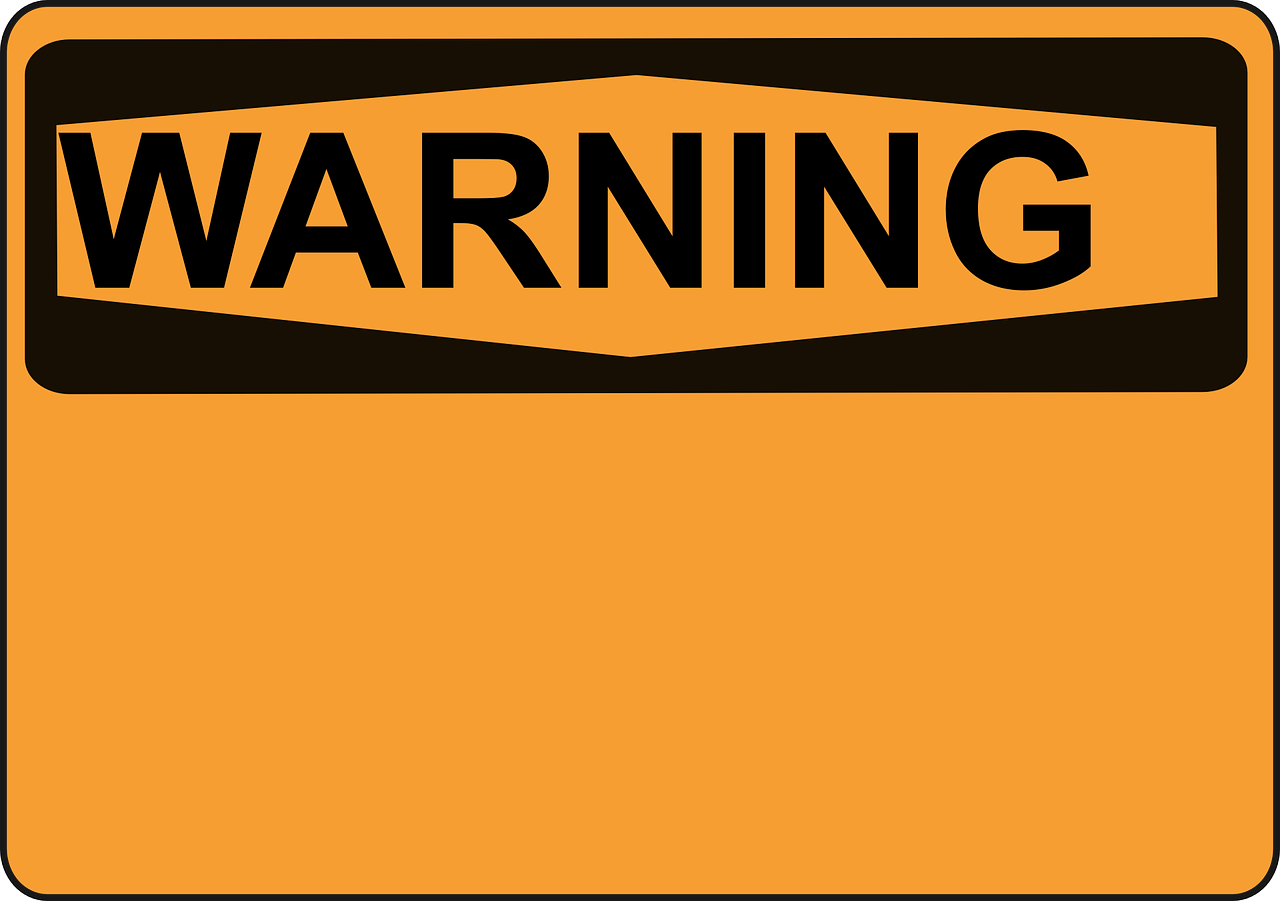Do You Have Any of These HR Function Warning Signs?
Expectations for most HR functions have dramatically risen over the last few years. We know from assessing organizational cultures that the majority of leaders and employees want much more from their HR Function than reactive plans and transactional experiences. Too many stakeholders perceive HR Business Partners to be too reactive, transactional, and administrative to truly understand, predict, and consult on strategic talent management issues in a way that adds measurable value.
Top 5 HR Function Warning Signs
If you want (and need) a more strategic, proactive, value-add, and consultative HR function, be on the lookout for these top 5 HR function warning signs.
- Having a Short-Term Reactive vs. Long-Term Proactive Perspective
Is your HR function more focused on reacting to immediate and urgent issues instead of designing proactive strategies and plans to deliver on longer-term strategic priorities? High performing HR functions proactively create and implement both short- and long-term people strategies that accelerate, enable, and support business strategies.
- Lacking Business Acumen
If your HR Business Partners are content to work in their people team silo on tactical and administrative issues rather than strive to understand and accelerate business priorities and strategies, your HR function is stuck in the past. Instead, you need an HR team that can consistently identify stakeholder objectives, design value-added approaches, and implement solutions that have a measurable impact on the business and the people.
- Unwilling to Advocate for a Seat at the Table
Many traditional HR leaders don’t have the confidence to act as a business leader and challenge the thinking of other executives. In fact, they don’t even believe they belong in the C-Suite. They need to learn to advocate for HR’s role as an essential part of the organization’s overall health.HR leaders must be able to strategically discuss critical business, people, and cultural options and implications in a way that aligns with company goals.
- Behaving Tactically vs. Strategically
If your HR leader is content to simply administer day-to-day company policies, they are not delivering on strategic human capital objectives or employee experiences that matter. Low performing HR functions focus on being a tactical service provider and functional expert. High performing HR functions help to shape and deliver on the organization’s business strategy.
- Being Resistant to Change
You do not want an HR function that is mired in the status quo that cannot lead, envision, and embrace organizational change. HR leaders must model a growth and continuous learning mindset that sets the example for employees.
The Bottom Line
Don’t let your HR function become complacent at work and content with the traditional ways of yesterday’s workforce. To maintain a competitive edge, you need a forward thinking, business savvy, empowered HR function that will bring real value to the business and the people.
To learn more about how to mitigate HR Function Warning Signs, download Want to Sit at the Grown-Up Table? Becoming a True HR Business Partner
